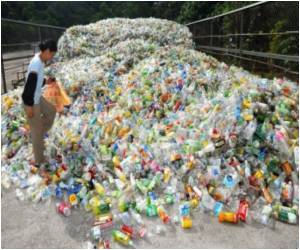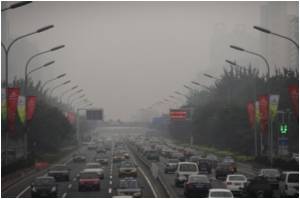
"Nontraditional cookstoves might be more successful if they were designed with features valued more highly by users, such as reducing operating costs even if they might not reduce environmental impact," said Mushfiq Mobarak, a co-author and associate professor of economics at the Yale School of Management.
In most rural homes, where there is no electricity, food is cooked over an open fire using wood, agricultural residue and animal dung, known together as "biomass." The result is 50,000 deaths in Bangladesh a year and over 2 million worldwide. The release of black carbon is also a significant source of greenhouse gases.
Fully 98 percent of Bangladesh's 131 million people cook with biomass using traditional stoves despite years of efforts by governments and health organizations to promote models that are fuel-efficient and have chimneys. Moreover, 92 percent of 2,280 Bangladeshi households surveyed between July and September 2008 had never seen a nontraditional cookstove.
"The adoption and use of these nontraditional cookstoves in the developing world have, with few exceptions, remained disappointingly low," said Puneet Dwivedi, a co-author of the study and a postdoctoral researcher at the Yale School of Forestry & Environmental Studies.
When given a hypothetical choice between a cash subsidy and a nontraditional cookstove, the respondents overwhelmingly chose to spend money on doctors, schools, electricity, clean water, latrines, seeds for planting and structures to protect their land from flooding.
Advertisement
The researchers also conducted a randomized controlled trial in 42 villages in the Bangladeshi districts of Hatiya and Jamalpur to estimate how sensitive Bangladeshi households are to the price of nontraditional cookstoves.
Advertisement
"We find consistent evidence across both analyses suggesting that women in rural Bangladesh do not perceive indoor air pollution as a significant health hazard," said Dwivedi.
Source-Eurekalert









